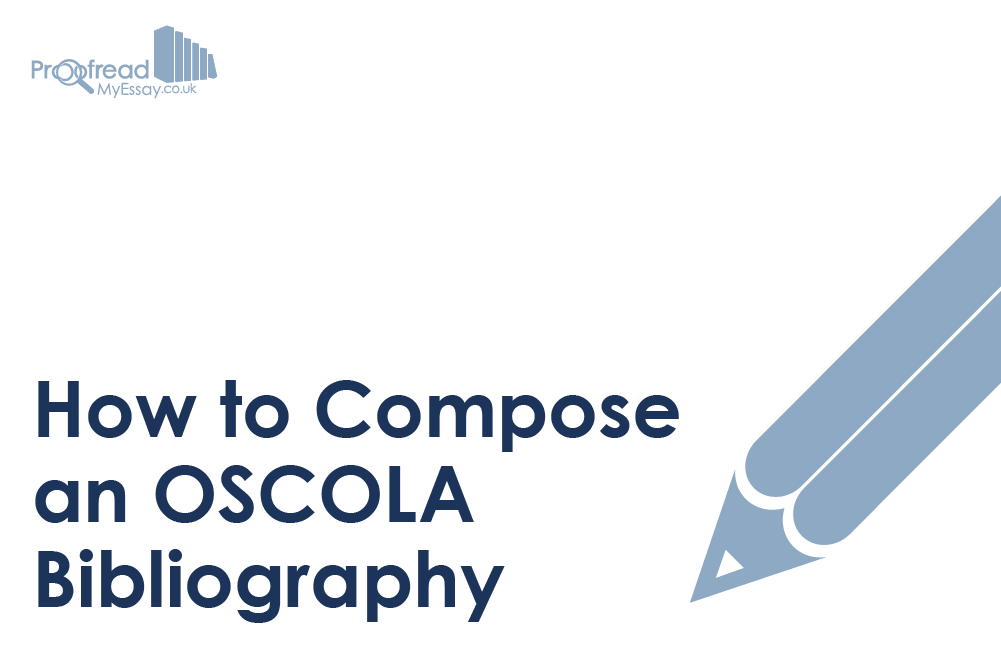In the UK, the main legal referencing system is OSCOLA. This system requires you to list all sources with full publication detail at the end of your document. Hence, we’re looking at how to format an OSCOLA bibliography.
Do I Need a Bibliography?
Short answer: Yes, but check your style guide for specifics.
Technically, the fourth edition of OSCOLA says that ‘shorter works, such as articles and essays, generally only require footnotes.’ However, most universities want you to demonstrate your ability to cite sources, so it’s usually best to include a full bibliography.
What Should an OSCOLA Bibliography Include?
The basic structure of an OSCOLA bibliography includes three things: a ‘Table of Cases’, a ‘Table of Legislation’ and a bibliography listing secondary sources.
As you might expect, the tables of cases and legislation are where you list case reports and legislative documents cited in your work. The bibliography is where you list all other sources.
How to Format a Table of Cases/Legislation
Cases and legislation are listed in separate tables. If you have many sources, you may want to distinguish between jurisdictions, too (e.g. having separate tables for ‘UK Cases’ and ‘EU Cases’). Entries should be listed with the same information as in citations, but with a slightly different format:
- The table of cases should come before the table of legislation.
- List statutory instruments separately at the end of the table of legislation.
- Case names are not italicised, unlike elsewhere in the document.
- List sources alphabetically by the first significant word (e.g. ‘Re Farquar’s Estate’ becomes ‘Farquar’s Estate, Re’).
Some versions of this system include all legal sources under a ‘Table of Authorities’. If you take this approach, divide the table into separate sections for cases, legislation and statutory instruments.
How to Format an OSCOLA Bibliography
An OSCOLA bibliography lists all secondary sources, including books, articles and online resources, alphabetically by author surname. List sources with no named author at the start of the bibliography, ordered alphabetically by title, with a double em dash (i.e. ‘——’) in place of the author’s name.
Find this useful?
Subscribe to our newsletter and get writing tips from our editors straight to your inbox.
In an OSCOLA bibliography, the format for sources differs slightly to the one used in footnotes:
- Give the author’s surname first, followed by an initial.
- No first names or pinpoint references are given.
- No full stop is required at the end of bibliography entries.
As such, if the footnote citation for a book looked like the following:
1. Bill O’Rights, Constitutional Protection (2nd edn, Hodder & Fouslon 1998) 245.
The equivalent entry in the bibliography would be:
O’Rights, B, Constitutional Protection (2nd edn, Hodder & Fouslon 1998)
It’s good to keep a ‘working bibliography’ as you write, adding an entry each time you cite something new. This will ensure you don’t miss any sources.
